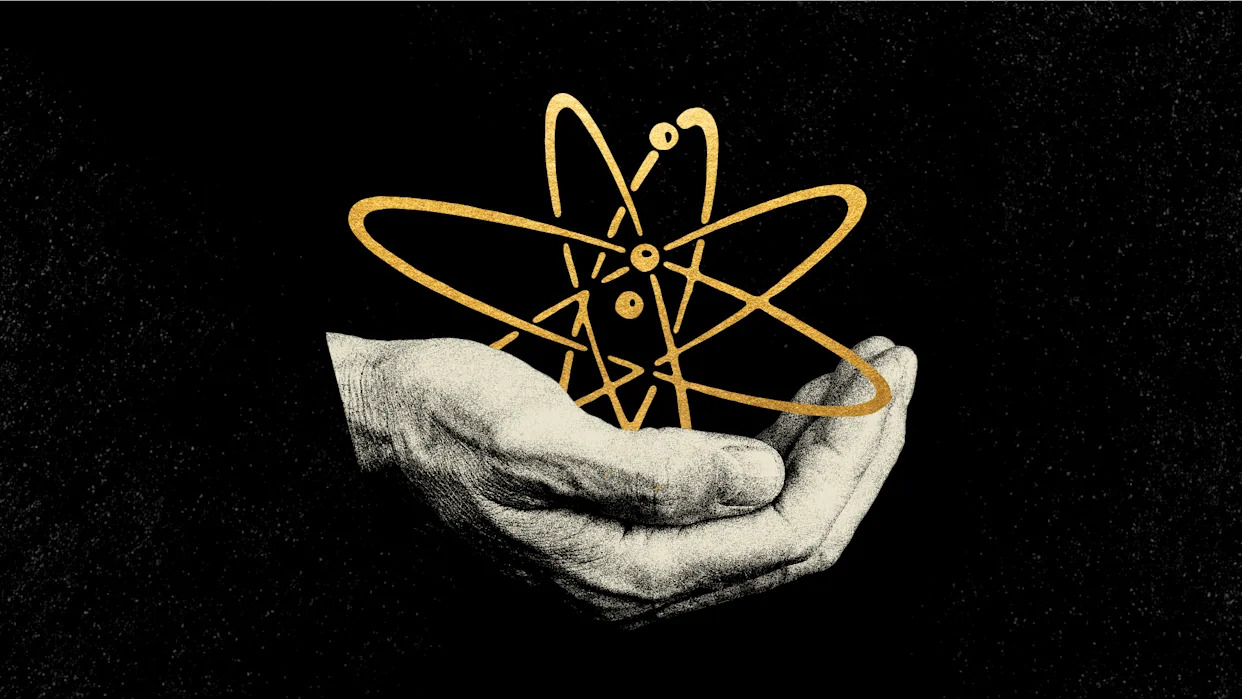Scientists Explore Novel Fusion Reactor Application: Gold Production

For centuries, alchemists sought to transmute base metals into gold—a pursuit now largely relegated to historical lore. While producing trace amounts of gold in laboratories has been achieved for decades, the process remains extraordinarily expensive and impractical. Researchers at CERN, utilizing the world’s largest particle accelerator, recently generated minuscule quantities of gold from lead, only for these atoms to instantly disintegrate during the experiment. Similarly, nuclear fusion—a promising avenue toward clean energy generation through atom combination—faces challenges related to cost and technical feasibility despite significant progress in experimental reactors.
Marathon, a company developing fusion reactor technology, is now investigating an unconventional application: using neutrons generated by fusion reactions to transform one metal into another, potentially creating gold as a byproduct. This concept proposes that a fusion power plant could simultaneously function as a limited-scale gold production facility.
The proposal draws parallels with historical alchemy, prompting comparisons from historians of science. Lawrence Principe, a chemist and historian at Johns Hopkins University, noted the echoes of 16th and 17th century promotional language surrounding Marathon’s announcement. The field’s history is marked by false claims and unfulfilled promises; for instance, in 1782 British chemist James Price purportedly converted mercury to gold, but died under suspicious circumstances after failing a public demonstration. Similarly, Rudolph Hunter, an early 20th-century inventor, garnered attention with claims of producing substantial amounts of gold daily until his death prevented him from validating his process.









